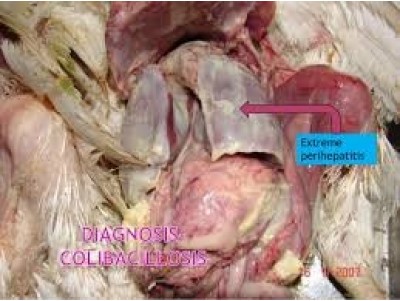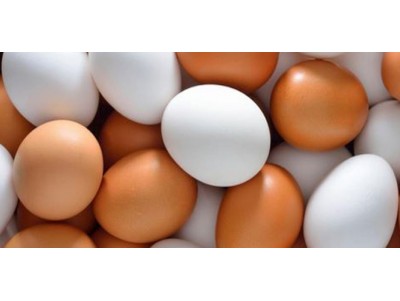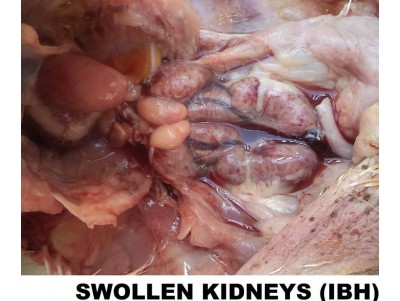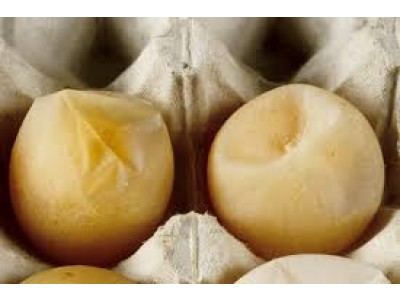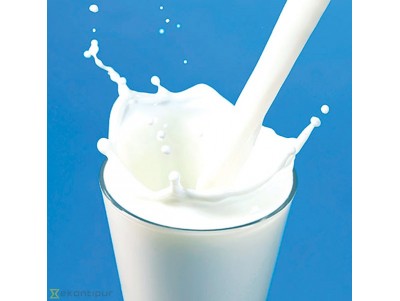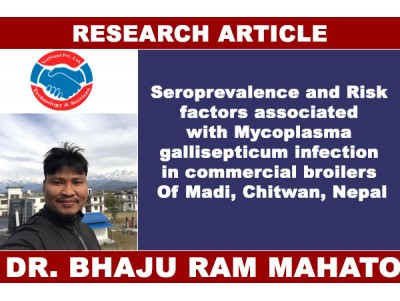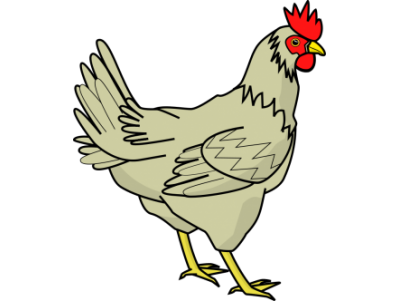Feline Immunodeficiency Virus/ AIDS Of Cats !
Figure . Showing distribution of pet cat population in world © Mapsofworld.com What a greater gift than love of a cat ~ Charles Dickens. There are many of us who love cats more than a dog or any other pet. Their mewing and cuteness is absolute bliss. But like any other pet, cats too are prone to many serious diseases and require proper care and management by cat owner. If you too are from cat lover community, you may [...]


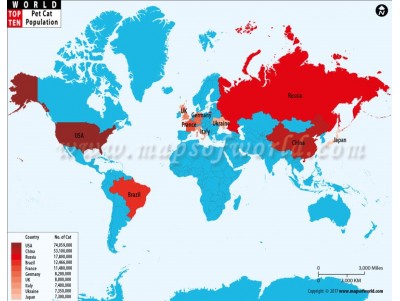
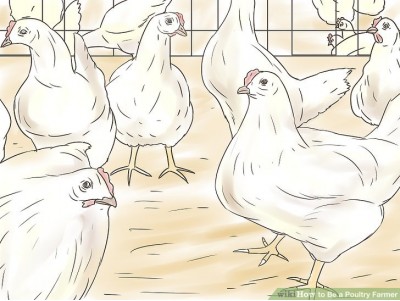

_1522373421-400x301.jpg)
